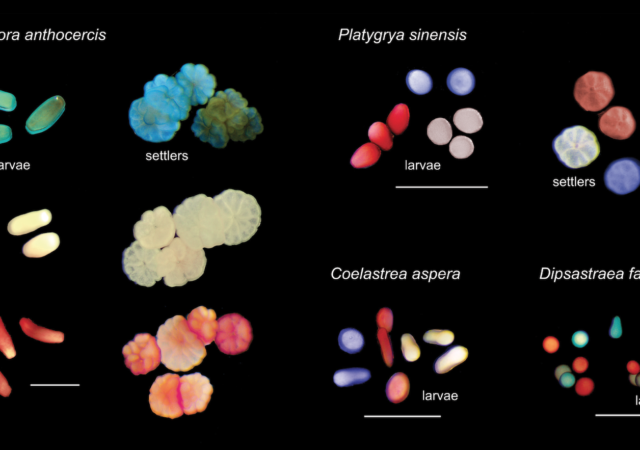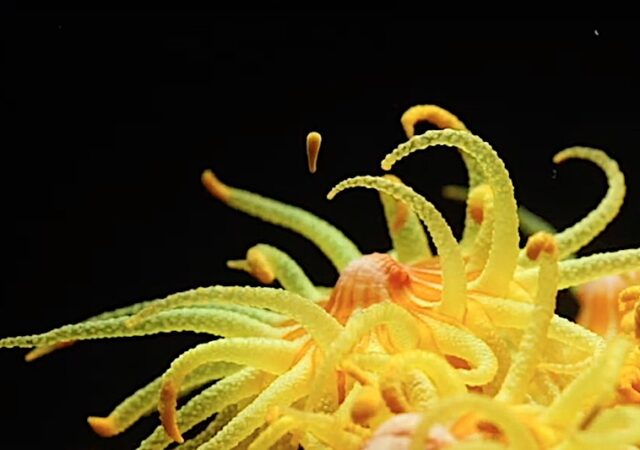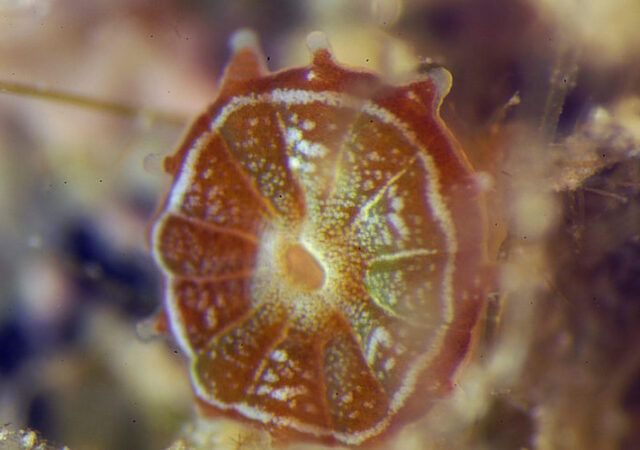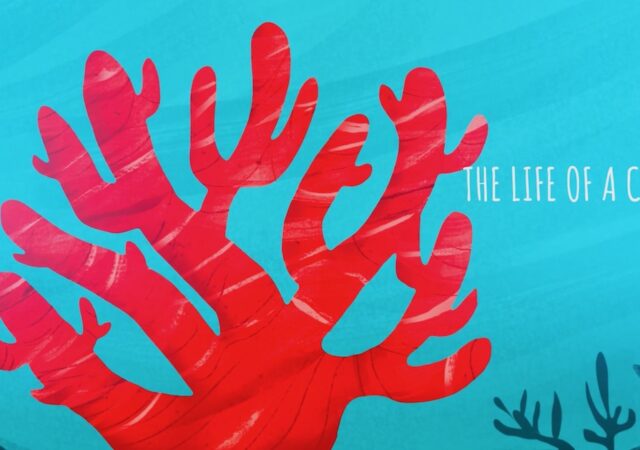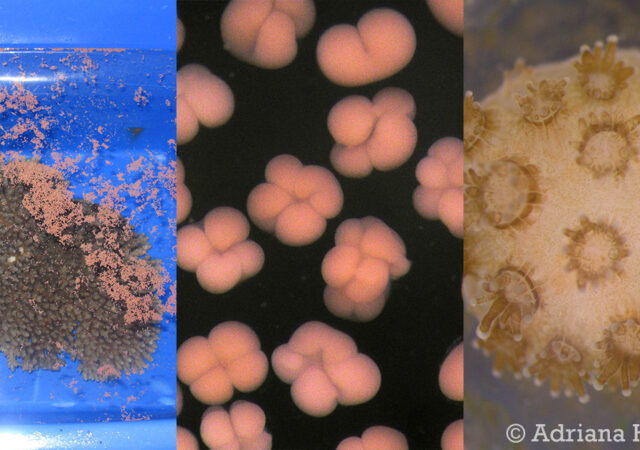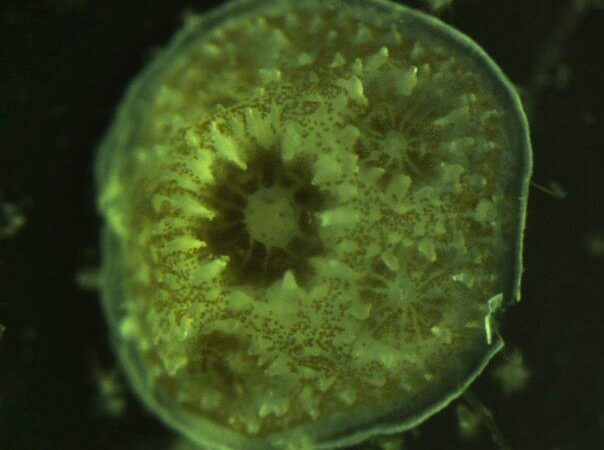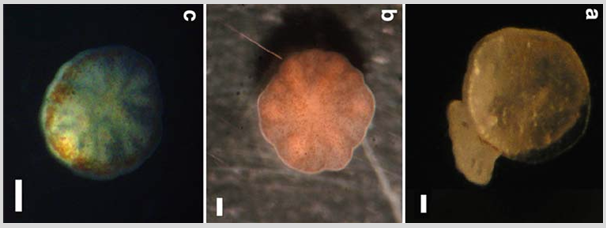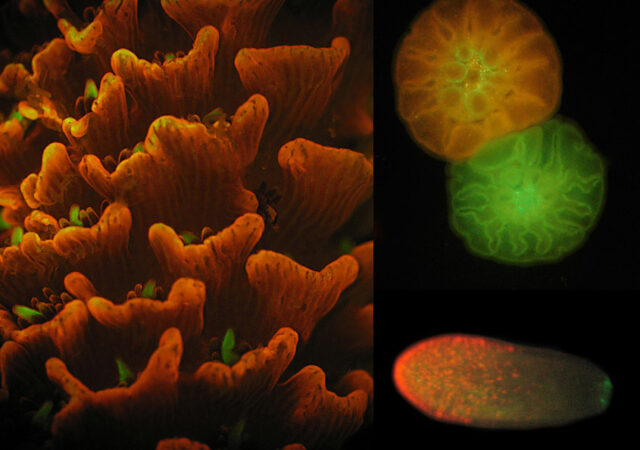Researchers have used a harmless dye to stain coral spawn and track its dispersal and settlement on the reef. Christopher Doropoulos and George Roff of CSIRO Oceans & Atmosphere, Australia, developed the low-cost technique to provide a quick, simple, and…
Watch Tubastrea Larvae Escape Its Parent Coral by the Tentacle
Tubastrea sun corals are by far the most common non photosynthetic coral in the reef aquarium hobby, partially because they are so common throughout their natural range in the Indo-Pacific Oceans. Since the beginning of the last century however, the first…
First Look at the Primary Polyp of a Baby Cynarina Coral
The world of captive breeding saltwater fish is full of cute baby pictures of fish, but the same cannot be said for our precious, beloved corals. Since all of our corals are either wild-collected or propagated asexually, we are almost…
Adorable Video Perfectly Illustrates The Life Of A Coral
We came across this adorable video from Honolulu Civil Beat Inc which perfectly illustrated the life of a coral. While it may be second nature to aquarist why corals are important, and how they reproduce, there are still people who see corals…
Working On Early Life History Stages Of Corals
Coral Settlement Project In Mozambique
Coral Settlement Project Corals are fascinating animals which can reproduce sexually through spawning and asexually through fragmentation. In Mozambique scientist are studying coral spawning and, in particular, where these tiny coral larvae settle onto the reef to gain insight into the long-term…
Coral “toolkit” discovered, tells corals when to “build” skeletons
When coral release larvae, they don’t yet have that reef-building skeletal structure and at some point, they know when its time to settle down and start building. Researchers at the University of Hawaii at Monoa, Rutgers University and the University of Haifa have just…
Floating corallites: larvae of some stony corals take a while to settle down
A new previously unknown life-stage of stony coral larvae has been published describing how a small percentage of lab-grown coral planula can float through metamorphosis. That was not a euphimism, as some stony coral larvae have been documented secreting a…
Coral larvae know the meaning of stoplight colors, backwards
It is common knowledge in the coral reef aquarium world that corals fluoresce in a multitude of colors, but coral larvae fluoresce as well. Green Fluorescent Protein (GFP) is one of the most common fluorescent pigments found in the natural…
NOAA coral spawning video shows coral doing it
If you’ve ever wanted to see coral spawning, you can either watch this video or start making plans to attend the upcoming coral spawning season in the Caribbean. The coral spawning event is mainly the domain of broadcast spawning corals…


